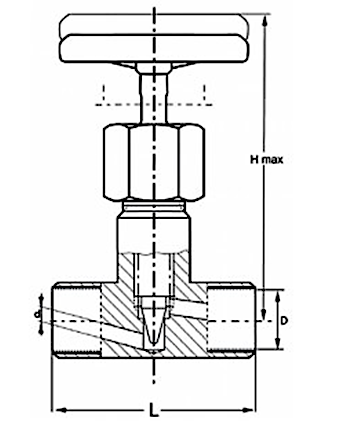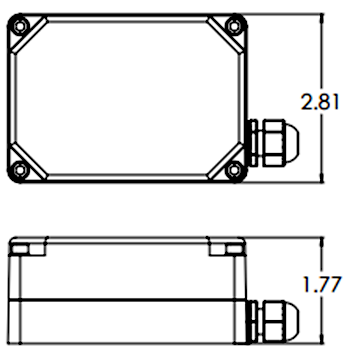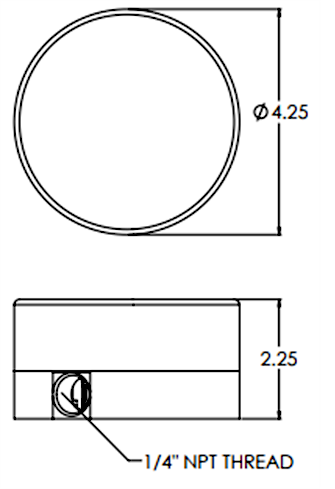January 19, 2022
 Needle valves are designed to precisely and proportionally control the flow of most gases or liquids. They are ideal for applications where there is a large pressure drop from inlet to outlet. Needle valves consist of a regulating stem, a needle-like tip at the end of the stem (also referred to as the plunger) and the valve seat (when fully closed the plunger will come into contact with the seat).
Needle valves are designed to precisely and proportionally control the flow of most gases or liquids. They are ideal for applications where there is a large pressure drop from inlet to outlet. Needle valves consist of a regulating stem, a needle-like tip at the end of the stem (also referred to as the plunger) and the valve seat (when fully closed the plunger will come into contact with the seat).
Needle valves are used for low flow rate applications in chemical plants, refineries, laboratory analyses, etc. They are typically used as a means of reducing flow rates in order to protect delicate gauges from damage, to bleed valves, for metering flow, or even as reliable shut-off valves.
Needle valve bodies are typically comprised of stainless steel, carbon steel, brass, or other metal alloys. The two most common packing/sealing materials are PTFE (Teflon) for a temperature range of -65°F to 450°F (-54° C to 232°C) and PEEK (Polyether Ether Ketone) for increased temperature resistance up to 600°F (315 °C). When selecting a needle valve you must consider your system pressure, operating temperature, type of fluid (chemical compatibility) and the required flow rate. To find out the capacity of the needle valve (flow coefficient or Cv) needed for your application, you can refer to our valve calculator which will help calculate your valve's Cv.
Typically, the plunger moves up and down when the stem is turned. The stem of a needle valve is finely threaded, which means it takes multiple turns to adjust the position of the plunger. This design allows the valve to be at different positions in between open and closed, allowing for the precise control flow.
When operating the valve by hand, the user must be careful when moving it to it's fully closed position, as it is possible to damage the stem tip or the seat if too much torque is applied. When automating a needle valve this is no longer of concern as most valve controlling devices are built with an end travel detection system to close the valve without utilizing excessive torque.

Automating needle valves allows for higher precision and more reliable flow control than manual operation. Needle valves can be controlled with a variety of different types of actuators which will adjust the plunger’s position through a control system.
As mentioned above, needle valves take multiple turns to adjust the position of the plunger and therefore must be controlled by multi-turn actuators. Multi-turn actuators offer incremental/precise control.
For highly precise control of needle valves, electric actuators are the best option. The most common proportional control system used with electric actuators is the 4-20 mA signal; where 4 mA represents the fully closed position and 20 mA represents the fully open position. All values in between represent the partial open/closed position of the valve. For example, 12 mA would represent the valve at the half closed resp. half open position.

Today, we see the electric actuator market diversify including a growing demand for precision flow control in hazardous locations. Explosion-proof electric actuators are increasingly found in Class I, Division 1 classified locations (areas where ignitable concentrations of flammable gases, vapors or liquids are present) such as gas transfer sites or oil refineries. As demand for remote operation of needle valves in these locations continues to grow, so too will the development of the capabilities of these compact and robust electric valve actuators.